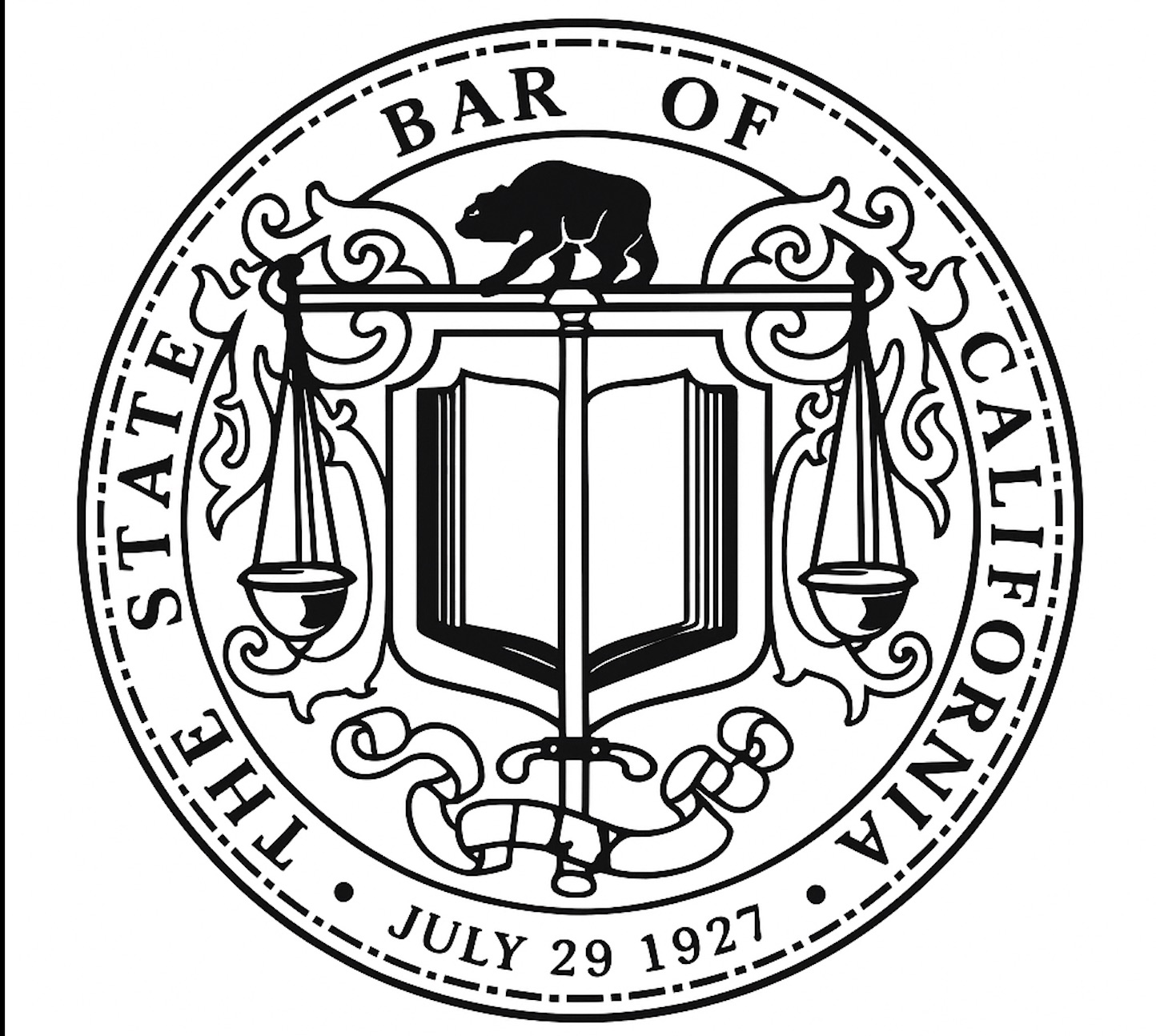Understanding the Alcohol Level in California: DUI Legal Limits and Blood Alcohol Tests
Authored by Izzat H. Riaz – Californian Paralegal, U.K. Certified Lawyer (LL.M.)

Introduction (why this matters)
When I review DUI files, the same two surprises come up again and again: how quickly a driver can cross California’s legal alcohol limit, and how much procedure matters in these cases. A perfectly fixable error (bad calibration, broken observation period, sloppy chain of custody) can be the difference between a conviction and a reduced – or even dismissed, charge. Here’s the straight talk I give clients about BAC limits, testing, and your options.
California’s DUI limits – clean and simple
California uses tiered blood alcohol concentration (BAC) limits:
- 0.08% — most adult, non-commercial drivers.
- 0.04% — commercial drivers (CDL in a commercial vehicle).
- 0.01% — under 21 (zero-tolerance; even a trace reading can trigger consequences).
Two key points I always emphasize:
- You can still be charged with DUI below 0.08% if there’s evidence you were impaired (think poor driving pattern, failed field sobriety tests, slurred speech).
- “How many drinks” is not law- it’s chemistry. Weight, food, time, meds, and absorption rates change everything.
Why BAC isn’t one-size-fits-all
BAC is grams of alcohol per 100 mL of blood. Roughly, one drink can raise BAC by about 0.015–0.02%, but your body may metabolize faster or slower. I’ve seen petite clients cross 0.08% on fewer drinks than friends of larger body mass who stayed under, same night, same bar, very different numbers. Food slows absorption; an “empty stomach” accelerates it. And rising BAC matters legally: if your test happened while your level was still climbing, your BAC at the time of driving could have been lower.
The tests you’ll actually face (and the traps I watch for)
1) PAS (Preliminary Alcohol Screening) at the roadside
This is the handheld breathalyzer an officer uses before arrest.
- For drivers 21+ and not on DUI probation, PAS is optional.
- For under-21 or on DUI probation, PAS is generally required.
Refusing a voluntary PAS won’t trigger the automatic license penalties that come with refusing post-arrest testing, but an officer can still arrest based on driving pattern and observations.
My practice tip: be polite, know that PAS is optional (if you’re 21+ and not on probation), and avoid volunteering extra “I only had two…” statements. Those hurt more than they help.
2) Post-arrest chemical test (breath or blood)
California’s implied consent law kicks in after arrest. Refusal brings harsh DMV penalties (think 1-year hard suspension for a first refusal, longer with priors) and can be used against you in court.
- Breath tests are fast, but prone to error if:
- the device isn’t properly calibrated/maintained,
- the 15-minute observation period wasn’t truly observed,
- there’s mouth alcohol (reflux/GERD, recent mouthwash, burping).
- Blood tests are more accurate, but only if procedure is tight: sterile draw, correct vials/preservatives, proper storage, and an unbroken chain of custody.
Your right: an independent blood sample. If you ask for it, law enforcement must allow it – hugely valuable if we need a re-test by a defense lab.
Special categories I flag early
Commercial drivers (CDL)
At 0.04%, you’re already at the legal limit. A CDL DUI can cost you your career, not just your license. If you hold a CDL, get counsel immediately—we look at stop basis, device records, and every procedural thread we can pull.
Under-21 (zero tolerance)
0.01% can trigger consequences. There’s also a separate under-21 0.05% offense. For teens and college students, the DMV piece is often the quiet landmine—don’t miss deadlines.
High-BAC enhancementsCalifornia doesn’t have a formal “extreme DUI” statute like some states, but BAC ≥ 0.15 or ≥ 0.20 can bring enhanced penalties (longer programs, IID, possible jail). These cases live or die on timing, absorption, and procedure.
“Can I refuse?” – the honest answer
- Pre-arrest PAS: optional (for 21+ not on probation).
- Post-arrest chemical test: refusal brings automatic DMV suspension and potential sentence enhancements. Sometimes refusal leaves the State with weaker evidence, but the license hit is real. This is a case-by-case call – I always want clients to speak with counsel as fast as possible.
What actually happens after a DUI arrest
- Stop & investigation → observations + field tests (you can politely decline FSTs).
- Arrest → implied consent applies.
- Chemical test → breath or blood.
- Booking.
- Two tracks start:
- DMV: you have 10 days to request a hearing or your license goes into automatic suspension.
- Criminal court: arraignment, then negotiations/motions/trial.
Typical first-offense exposure (general range): fines/assessments, probation, DUI class, possible IID, license action, and, depending on facts – custody alternatives. With priors, enhancements climb quickly.
Defenses I actually use (and win with)
- Stop & detention: Was there lawful cause? If not, everything downstream can be suppressed.
- Device records: Calibration, accuracy checks, maintenance logs, bad logs = bad numbers.
- Observation period: Less than 15 minutes = unreliable breath result.
- Medical issues: GERD/reflux, dental work, ketosis—these can skew breath results.
- Rising BAC: Your level at testing isn’t your level at driving. Timing matters.
- Blood handling: Wrong tubes, no preservative, refrigeration lapses, chain-of-custody gaps.
Common mistakes I warn people about
- Talking. “I had two beers” is the State’s favorite sentence. Use your right to remain silent and ask for an attorney.
- Missing the DMV deadline. You get 10 days to demand a hearing. Miss it and the suspension hits, even if the court case later breaks your way.
- Trusting “drink counts.” Bodies don’t read charts. Eat, hydrate, or don’t drive.
- Assuming breath = gospel. It isn’t. Numbers are only as good as the procedure behind them.
Quick FAQ (straight from my inbox)
Is blood more accurate than breath?
Yes, if handled correctly. That “if” is exactly where many cases turn.
Can a first DUI be reduced?
Often. I see reductions to wet reckless or other outcomes when BAC is borderline, procedure is sloppy, or the stop is weak.
How long will a DUI stay on my record?
Criminally, it stays unless you pursue a Penal Code §1203.4 dismissal after probation. For priorability (how the court counts priors), it’s 10 years from offense date.
IID—do I have to install one?
In many counties and fact patterns, yes – even for first offenses, especially with higher BAC. Plan for the cost and logistics.
If you’re reading this after a stop (do this now)
- Stay quiet about alcohol and invoke your right to counsel.
- Call a lawyer as soon as you’re released.
- Calendar the DMV deadline (10 days).
- Preserve evidence: names of witnesses, receipts, videos, medical info (GERD, diabetes), and ask for device records if breath was used.
Bottom line (my professional take)
California’s DUI laws are strict, but they’re also technical. That’s not a bug, it’s a feature. When officers and labs follow the rules, results are reliable. When they don’t, you have leverage. My job is to find those fractures, on the stop, the device, the observation period, the vials, the chain of custody, and use them to protect your license, your record, and your future.













